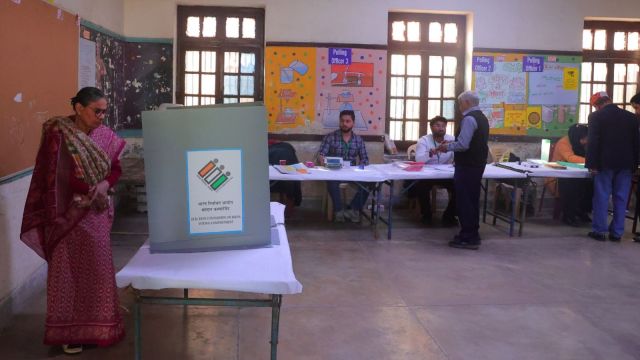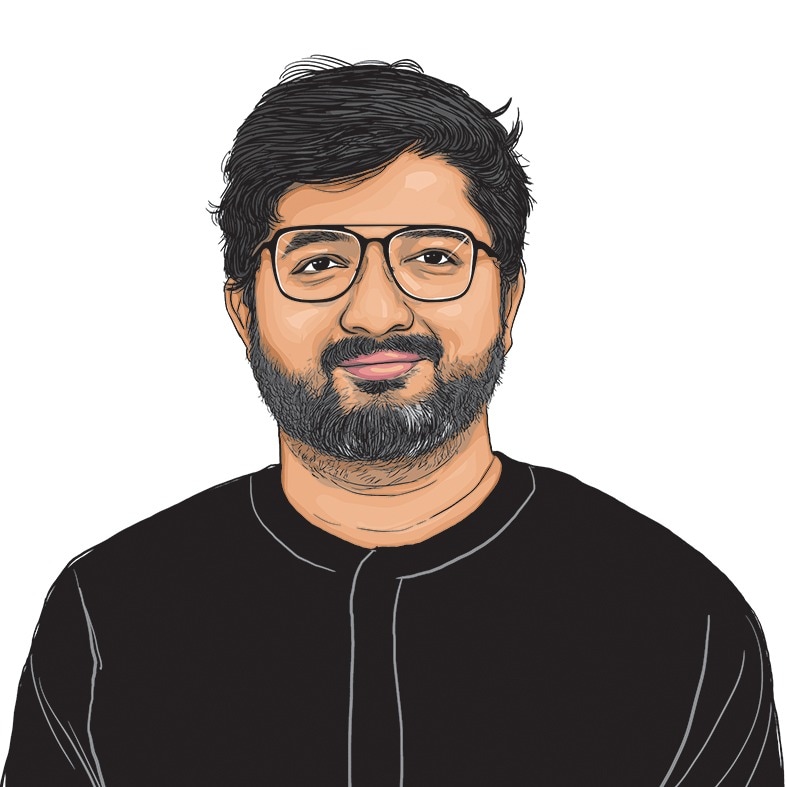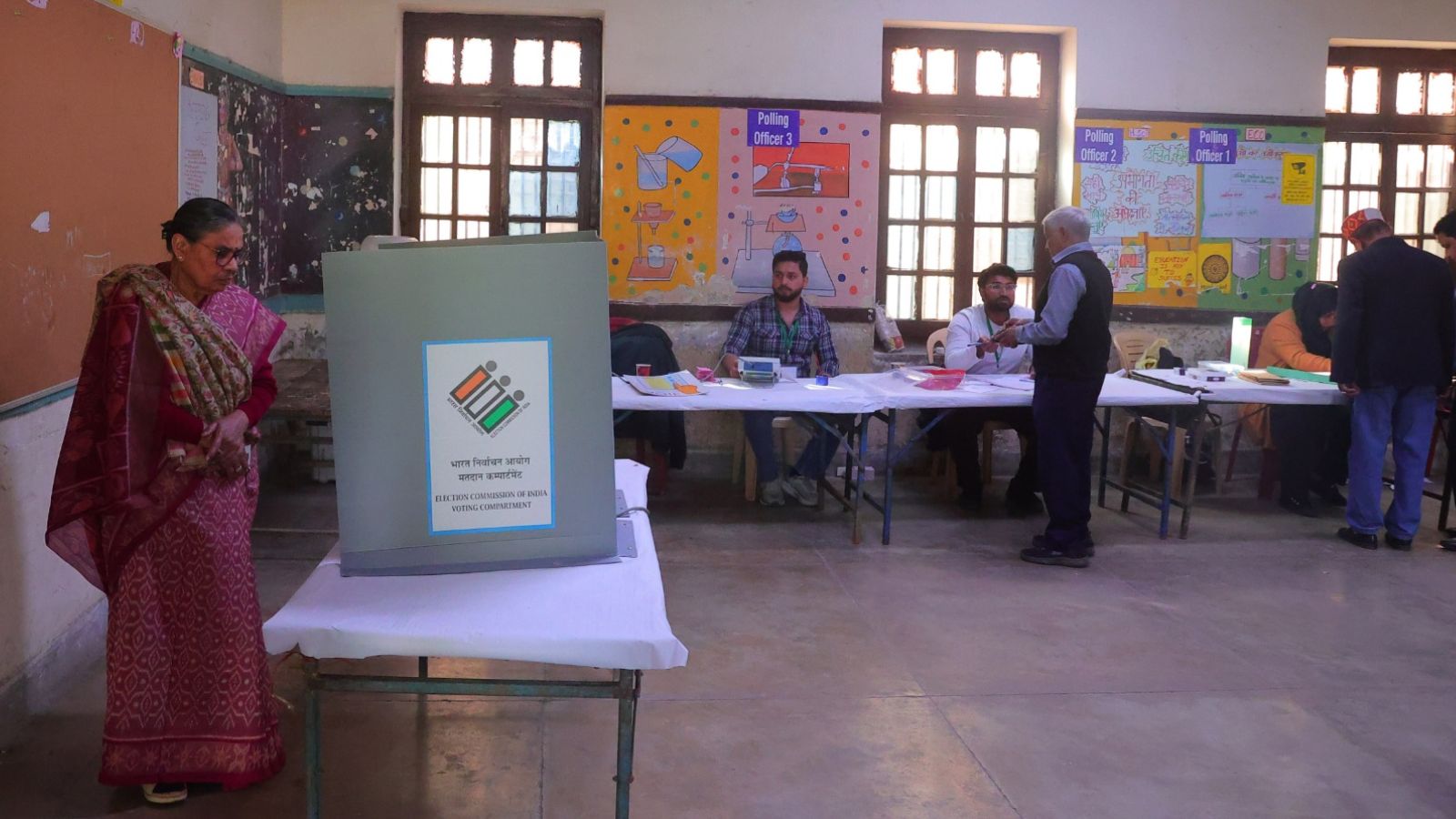

Feb 5, 2025 17:51 IST First published on: Feb 5, 2025 at 17:23 IST
Often, and unthinkingly, a statement is made about Delhi that isn’t quite accurate. “This,” proud denizens will say, “is a city of migrants”. It is true of course that Delhi has the highest percentage of external migrants in India – more than Mumbai and Bengaluru, notwithstanding the cultural anxieties in the state capitals around “outsiders”. But before Delhi as we know it was a city of migrants, it was a city of refugees. Today, too, it is a refuge – burgeoning at the seams – for people looking for a better life, perhaps the anonymity of the city, or just to escape abject dens of conservatism across North and East India.
It is a city where you can be a techie or a writer, an academic or a journalist, a construction worker or domestic help. Rarely, if ever, will someone tell you “to go back to where you come from”. It is a city that is almost a state, a capital that has gone beyond being a centre of power thanks to the people who have enriched it. And it is being let down by a political class that is bereft of imagination. This election, more than any other recent memory, bears testimony to that fact.
Story continues below this ad
Delhi’s democratisation began in earnest as India started to liberalise its economy. Its first full legislative assembly was elected in 1993 (it was the first time the city had a CM since 1952) and the city then, as now, had a “single-engine” sarkar: It was ruled till 1998 by the BJP, even as Congress and United Front governments ruled in the Centre. Much of the infrastructure – many flyovers, the Metro, broadening of roads, and the real estate boom – took place during the tenure of Sheila Dikshit. Gurgaon and Noida came into their own as hubs for manufacturing and services. The mall became a public space. The Aam Aadmi Party’s coming to power saw a governance paradigm focussed on public goods, built on health and education.
Unfortunately, for all the promises of free electricity and crass cries of nationalism from the two major political forces in the Capital, both are failing the evolving nature of the city and its people. The third, which once ruled the city, is an ideological also-ran.
In the last few years, Delhi has witnessed a major communal riot and protests against the changing underpinning of citizenship. It has seen the dreams of people seeking a way up from the bottom of the pyramid bulldozed. Every few weeks, videos surface of the entitled abusing, verbally and physically, those they consider beneath them – security guards, cooks, maids, and rickshaw drivers. And in the last 15 years, at least 75 people have died in sewers.
Story continues below this ad
Instead of building on the cosmopolitan moment in the 1990s and early 2000s, the city seems to be descending to its worst instincts. And those who sought our vote today are making things worse, not better.
most read
The CM did not visit riot-torn northwest Delhi. His party people blamed Muslim refugees for violence. The primary opposition said of citizens and denizens, “goli maaro s**lo ko”. Infrastructure is crumbling. The powers talk of reservation for locals in universities, little realising that in the Capital, there are no locals. A bulk of the poor – the working people who make this city run – live in parts of the city that are “illegal” and unplanned. Housing, though, is not a campaign plank. Free pilgrimage is.
There is nothing wrong with cash transfers and subsidies. But they do not a vision make.
As Delhi grows and its politics shrink, it might be up to the citizens themselves to keep building the city.
aakash.joshi@expressindia.com


